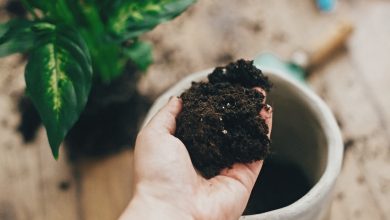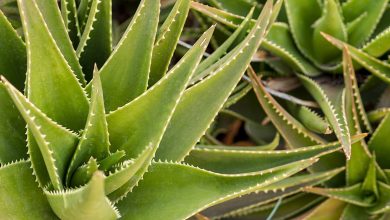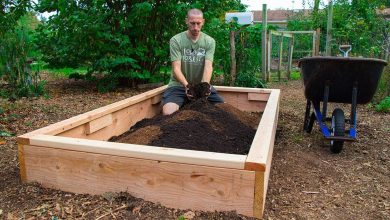How to Plant Ruda in Your Garden: [Complete Guide + Step by Step]
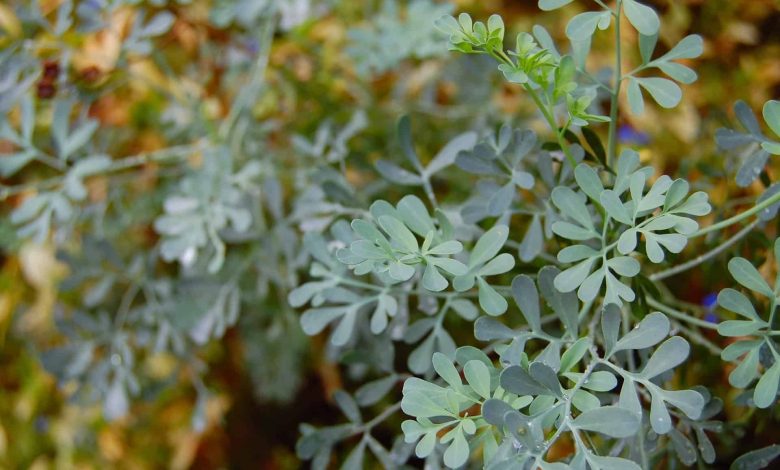
Ruta graveolens, commonly called rue,It is a species of the Rutaceae family, it is native to southern Europe.
It is usually cultivated as an ornamental garden plant, especially for its bluish leaves and its tolerance to dry soils and heat.
In addition to this, rue is also considered a medicinal plant due to the multiple therapeutic uses that can be given to it.
It is also known to be an anti-insect or anti-mosquito plant.
But beware, rue can be a poisonous plant so you must be very careful when harvesting it. Important points when sowing rue:
- When? In spring and summer; the harvest must be done in August.
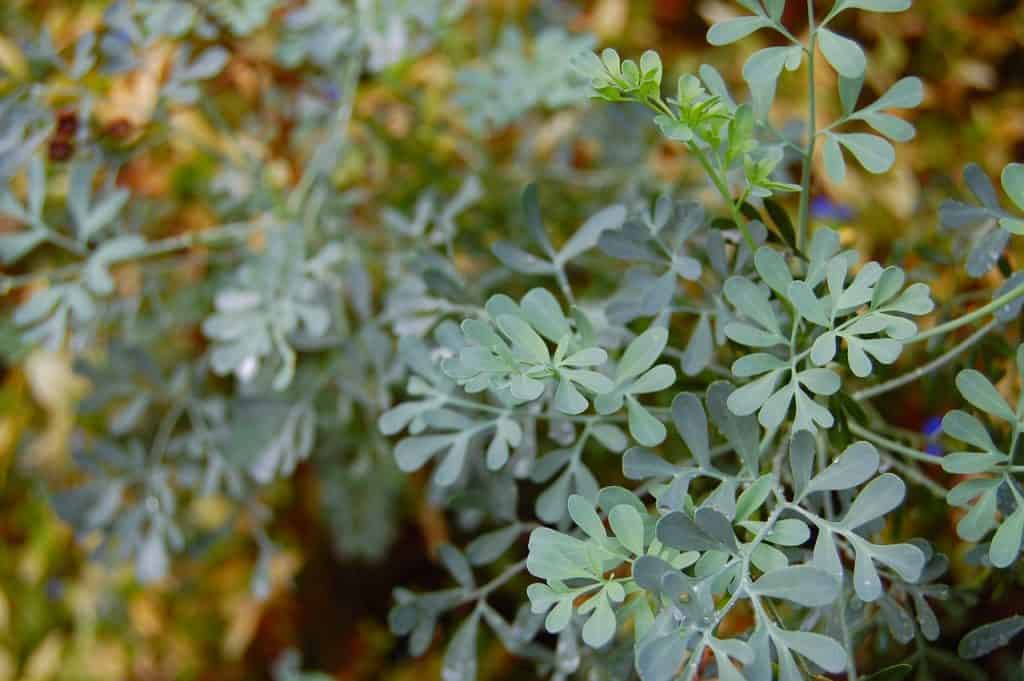
- Where? The ideal is alkaline soil, but also stony, calcareous and sandy soils.
- Demanding care? It supports temperatures below zero, but must be well protected from the cold and the winds.
- How to prepare the land? It does not require special treatment, but the soil must be fertilized, although it can also be grown in pots.
- How do we water? It should be watered twice a week, in moderation. Ideal, drip irrigation.
- Unfavorable associations? Cucumber, cabbage, basil or sage.
- Plagues and diseases? Whiteflies, mites, aphids, moths, beetles, fleas, onion maggots, slugs, snails, flies, and Japanese beetles.
When to sow rue?
It is best to plant the seeds or cuttings in spring or summer, and wait three weeks before germination.
Rue is a shrub that measures between 50 and 100 centimeters in height.
It has a woody, branchy and round stem, fleshy bluish -green and gray or whitish leaves, alternate, petiolate.
The leaves are provided with glands that give offa strong pungent and bitter odor when rubbed.
Did you know…Ruda tea is produced from the plant, which has multiple medicinal values, as it is used to treat anxiety, muscle spasms, epilepsy, arthritis, headaches, multiple sclerosis, mouth cancer, retention of liquids, hemorrhages, fever and hepatitis.
It is also used for abortions, to eliminate bacteria or to regulate menstruation.
Rue is a very toxic plant, so the farmer must be very careful when handling it.
Where do we plant rue?
Rue is a Mediterranean plant that grows in sunny or semi-shaded conditions. It has the advantage that it tolerates frost, it can withstand temperatures down to -15 degrees Celsius, as long as it is well protected from the cold and the winds.
soil type
Ideally, it should have an alkaline soil,because that way it will produce flowers in greater quantity and more beautiful.
But it can also be planted in dry, stony and calcareous soils.
The soils must have good drainage because the rue does not tolerate compact and clay soils.
Did you know…The places where rue is planted depend on the beliefs of each country, because this plant, while it is used in some countries to savor coffee, in others it is used to ward off bad vibrations, something that is known as “la pava ” in countries like Venezuela.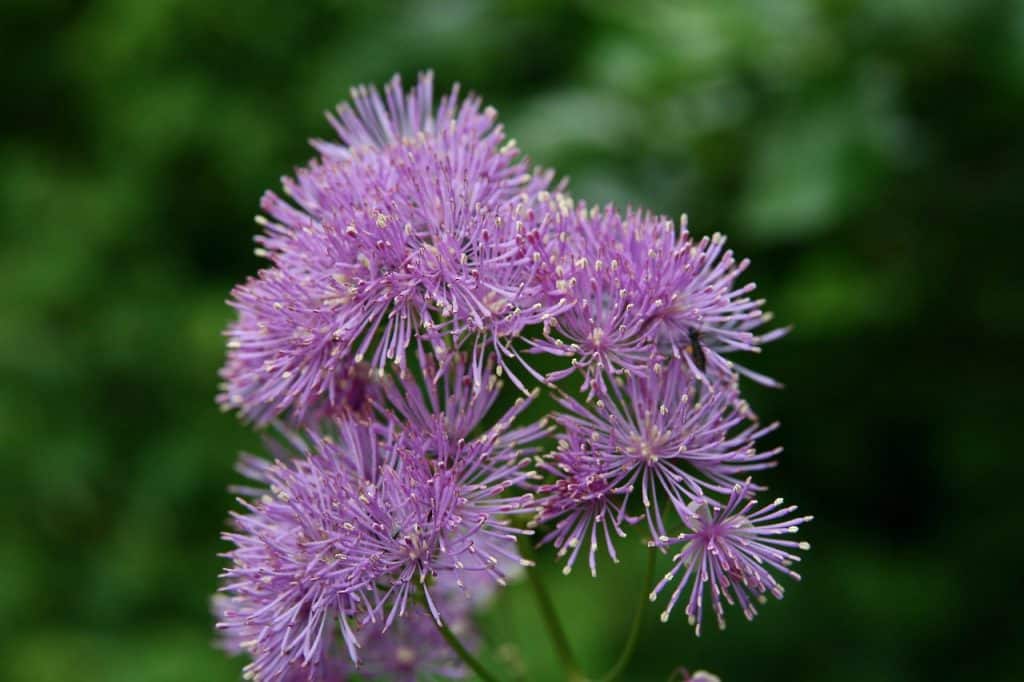
In Chile, rue is planted at the entrance of houses, behind the door, to ward off unwanted female visits that bring bad luck; rosemary is used to keep men away.
In Peru there is the idea that this plant brings luck in business; That is why a bundle of rue is placed in a bucket of water, which is generally kept hidden because the strong smell is not to the liking of the clientele.
How do we prepare the land for the cultivation of rue?
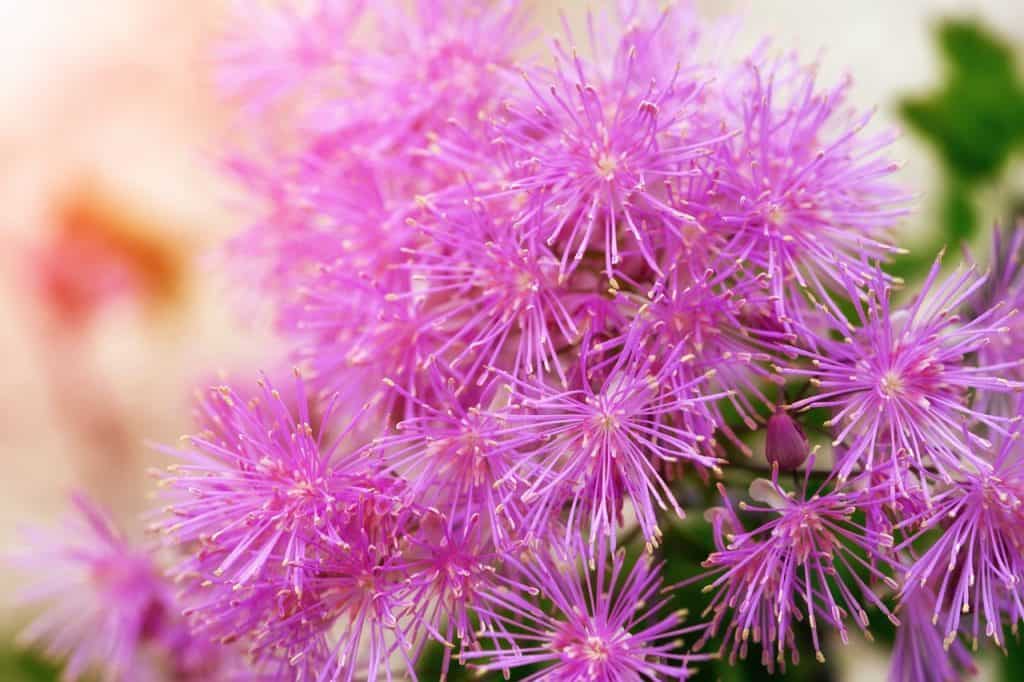 As it is a plant that grows in poor soil,It is recommended to fertilize the land.
As it is a plant that grows in poor soil,It is recommended to fertilize the land.
It does not require special treatment.
The chosen place must have a lot of sun,and can be in the ground or in a pot.
If it is male rue, according to an esoteric tradition, it should be located on the left side of the garden; if she is female, on the right.
The male rue has large leaves and the female has small ones.
How do we water?
Rue should be watered no more than twice a week, in moderation.
It should not be left without irrigation because if it dries out it can suffer the consequences of the attack of mites and whiteflies.
The irrigation we recommend is drip irrigation.
How do we sow rue step by step?
Sowing can be by cuttings or seeds; if it is with seeds, it will not be necessary to cover them with soil, and they must have good lighting so that they germinate.
Plant from seed
- The seeds should be sown 3 cm deep and wait three weeks for germination.
- When the seedlings begin to grow they must be transplanted in the final place of harvest.
- The plant must be pruned in the middle of spring, and the second pruning will be done in winter; This must be a complete pruning to strengthen it and so that the shoots are born.
- There must be a temperature of twenty degrees centigrade (20º C) for reproduction.
- Once the pruning has been done, the plant can be left at ground level, but it must be kept very moist.
Planting from pots
- Rue can also be grown in pots.
- Rue leaves should be harvested before flowering, when flower buds have formed.
- This procedure should be carried out when the flowers have not yet opened, because at that time the plant is richer in floral oils.
- Once they have been harvested, the leaves should be left to dry in a cool place.
- And finally the leaves should be stored in dry and clean containers, protected from the sun.
When can we harvest?
Harvest must be donein August.
In any case, after the cultivation of rue, it is ideal to start harvesting before the flowering of the plant. This way you will preserve the essential oils much better.
What favorable associations does it have?
Rue has no companions in plant life; this means thatIt has no favorable associations, although it does have unfavorable ones.
Those unfavorable associations are cucumber, cabbage, basil or sage.
What pests and diseases does it have?
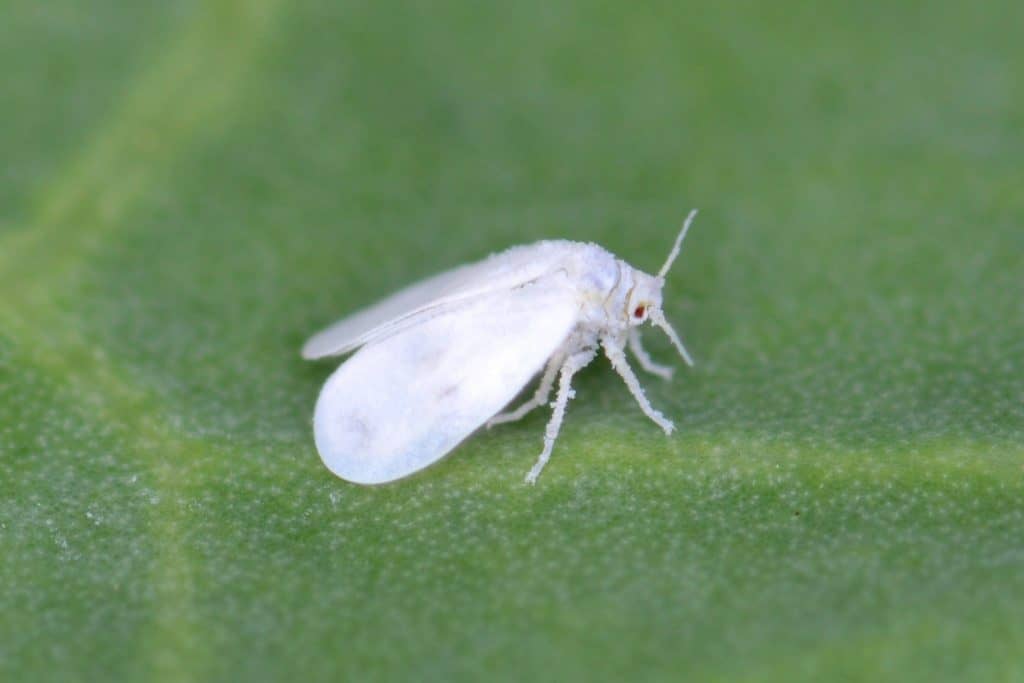 This plant is affected by whitefly and mites, especially when there is a lack of irrigation.
This plant is affected by whitefly and mites, especially when there is a lack of irrigation.
It is also attacked by a brightly colored butterfly, like the caterpillar, called the macaon, which feeds on plants of the umbelliferous family.
Its enemies are also aphids , moths, beetles, fleas, onion worms, slugs, snails, flies and Japanese beetles.

![Photo of Plant The Poinsettia in Your Garden: [Complete Step-by-Step Guide]](https://www.complete-gardening.com/wp-content/uploads/2022/08/plant-the-poinsettia-in-your-garden-complete-step-by-step-guide-390x220.jpg)
